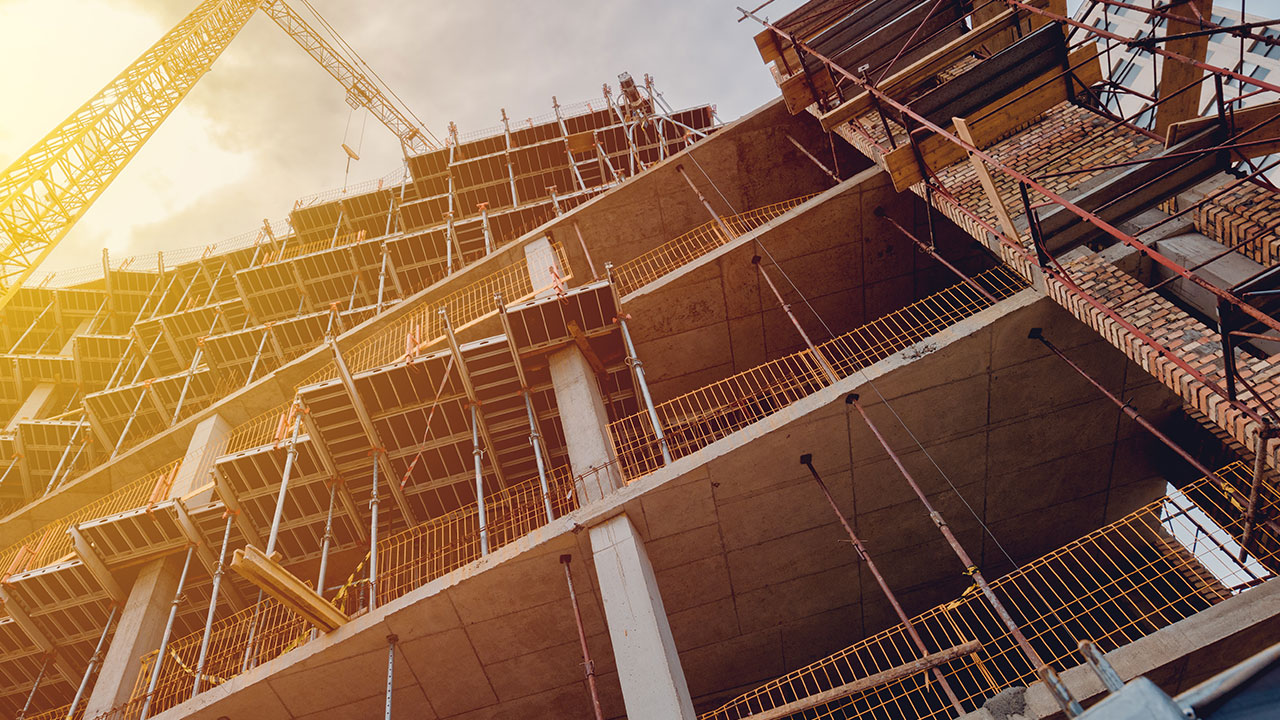Post-Tensioned Buildings
Create lighter structures, thinner slabs, reduced deflections, and longer spans
Create lighter structures, thinner slabs, reduced deflections, and longer spans
Post-tensioned buildings are built using a form of prestressed concrete in which high-strength steel strands are cast into a concrete slab or beam, and then tensioned to a high degree of stress following curing. The tensioned strands are anchored at either end, compressing the concrete between the anchor points. By pre-compressing the concrete, the material’s inherent weakness in tension is reduced. This creates lighter structures, thinner slabs, reduced deflections, and longer spans when compared to conventionally reinforced concrete.

Deterioration in post-tensioned buildings has been an issue for several decades. Conventionally reinforced concrete structures generally exhibit signs of deterioration, while with post-tensioned structures, the problems may be invisible and delay corrective procedures. The building’s load carrying capacity may be reduced and the concrete may creep under stress, which can lead to unsafe conditions including personal injury and property damage.
Post-tensioned structures which are at risk need periodic assessment, preventative maintenance, restoration and route protection procedures. With post-tensioned structures, it is critical to provide timely condition evaluations to determine whether there is strand failure and the rate of deterioration. Manticore’s team can assist you with evaluation, building a budget and developing a strategy to implement measures to deal with the failure, reduce liability and avoid safety issues.
